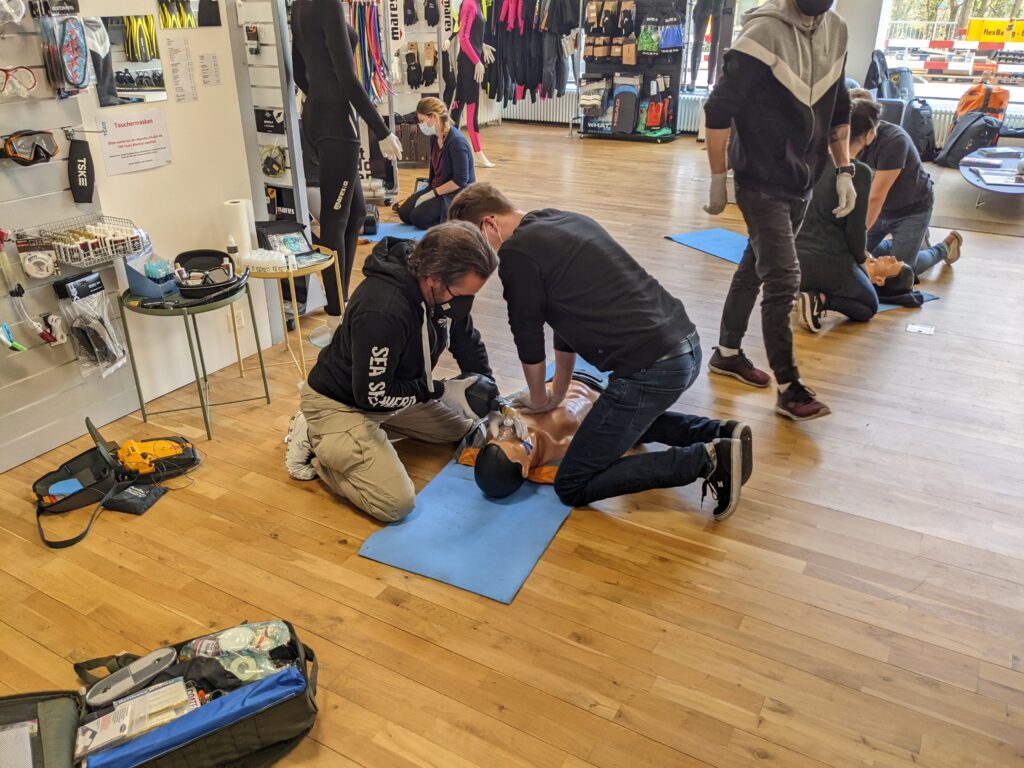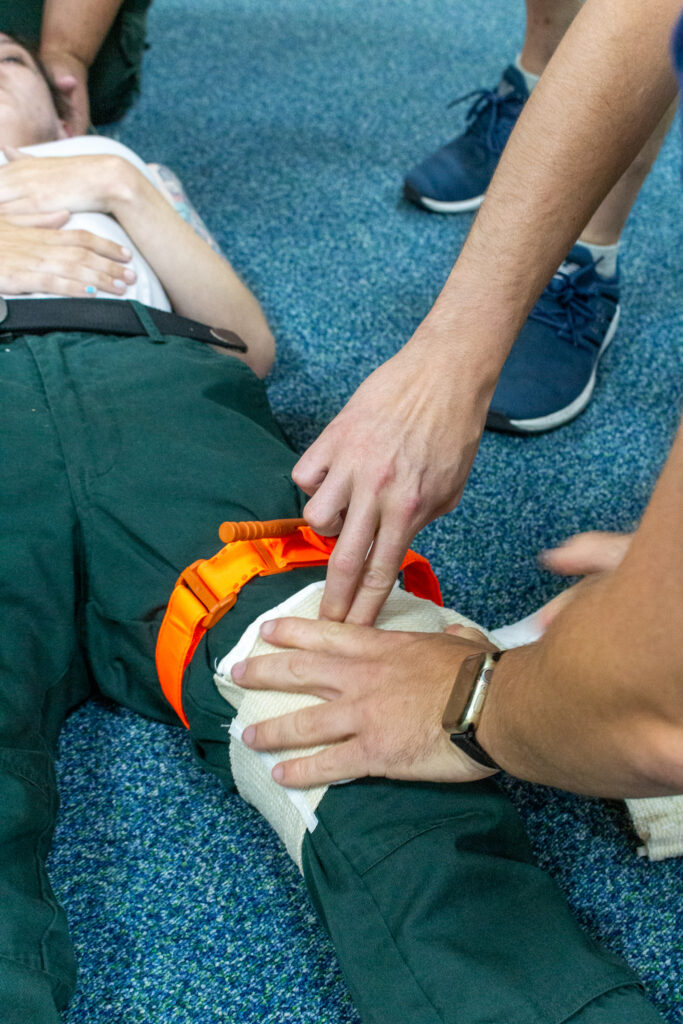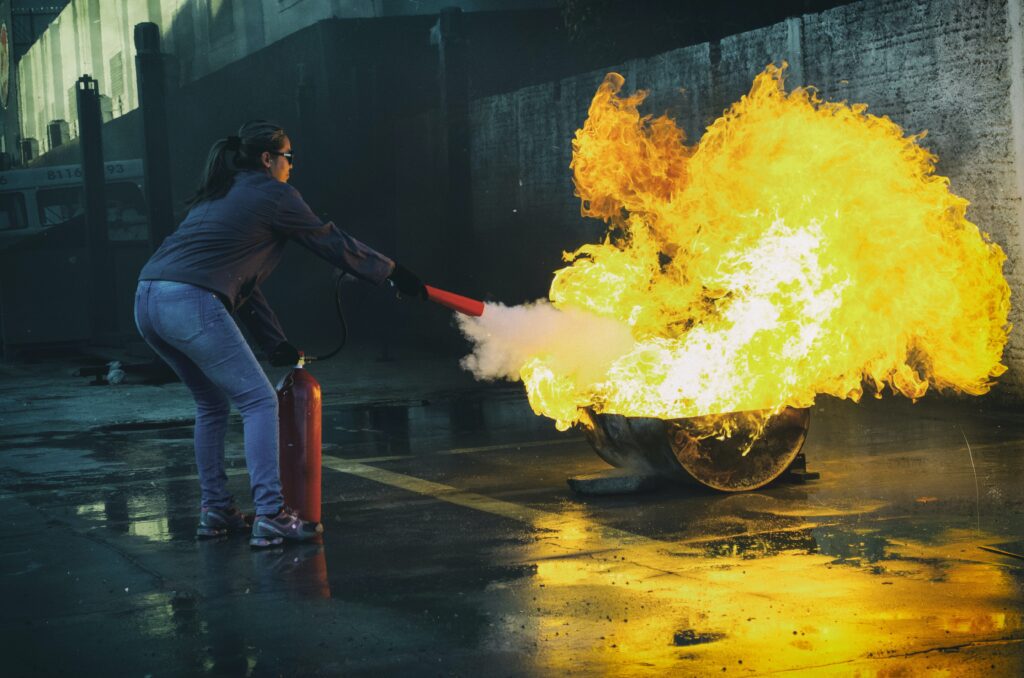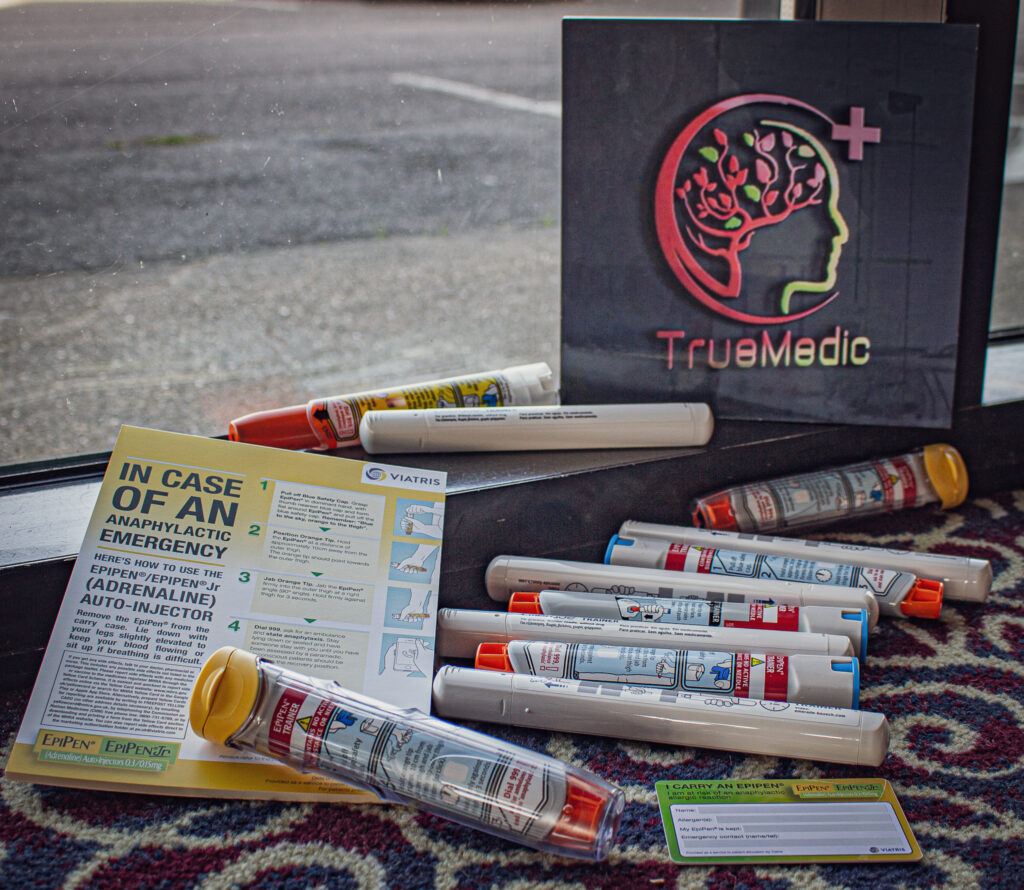Establishing a comprehensive understanding of safe moving and handling practices is essential for anyone regularly providing care to someone with limited mobility. These individuals may need assistance completing simple everyday tasks, such as bathing, comfortably transitioning in and out of bed, using the restroom safely, or even just manoeuvring around their house. By being trained in these principles beforehand, we can ensure that both patient and caregiver are secure while performing any physical activity.
Supporting and transferring a person can be arduous, so always observing safe moving and handling practices is critical. These teamwork protocols enable you to move the individual care using suitable techniques and equipment while keeping their spine stress-free.
But do you know communication with the person you are transferring is just as important, if not more? TrueMedic Ltd finds that many people are unaware of the importance of communication and teamwork regarding safe moving and handling practices- but we’re here to help.
Read the blog to learn how communication and collaboration can improve transfer safety.
Effective Communication | A Way to Connect With Patients

It is essential to understand that effective communication with a patient or loved one you are moving can play a vital role in providing safe assistance and mobility. The close connection between the caregiver and the person they assist is paramount during any transfer. Maintaining a transparent dialogue with each other helps to ensure that everyone involved is comfortable with the process. [1]
Not only does this prevent unwanted surprises, but it also ensures that you feel confident in your abilities and can respond quickly if anything goes wrong.
Teamwork can only be possible with effective communication, so creating a mutual understanding with the person you are transferring from one place to other is essential. It’s important to ask questions and listen carefully to their answers.
This will help you understand the individual’s pain points, mobility limitations, or any other issues that may be present. Here are some great examples of how verbal communication can be used to make sure everyone is on the same page, such as: [2]
- Asking questions about what position they feel most comfortable in or which body parts are painful.
- Explaining any actions you’re about to take and asking for permission before performing them.
- Having confidence in your actions and reassuring the person you are there to help.
- Using positive language and providing words of affirmation throughout the process.
- Effective dialogue with the individual is essential for any successful transfer, ensuring everything runs smoothly and safely.
7 Tactics That Help Strengthen Teamwork During Moving and Handling
Engaging with the patient and increasing levels of communication also involves teamwork. To move a person who has limited mobility, multiple people may be necessary to perform specific tasks safely, so it’s important that everyone is familiar with the process and can work together to complete it efficiently.
Here are some tips for how to foster team collaboration in moving and handling: [3]
1. Establish A Clear Plan Of Action
When it comes to moving and handling patients, every team must have a plan of action to be successful. After all, it takes an experienced eye and an adept set of hands to ensure that each patient is handled with the utmost care and attention. That’s why establishing a clear action plan is crucial for strengthening teamwork.
By setting goals, assigning roles, and mapping out contingency strategies for unexpected challenges, teams can ensure that each task is handled quickly and accurately. With the right plan of action, moving and handling patients can become second nature for any medical team.
2. Empower Staff To Speak Up
Empowering staff to speak up is vital to strengthening teamwork in moving and handling patients. Creating an environment where employees feel comfortable voicing their opinions encourages trust and cooperation between team members. This will help ensure that all safety concerns are adequately addressed and that the best course of action is taken when handling patients.
Not only does this decrease the risk of injury, but it will also boost morale by promoting confidence among staff members. Ultimately, it is only when everyone works together that successful patient care can be achieved.
3. Provide Team-Based Training
Team-based training is a great way to strengthen collaboration on moving and handling patients. Learning best practices from each other can encourage team members to trust one another and work as one cohesive unit.
Team-based training can often lead to professionals better understanding each member’s different skills and strengths, enabling them to work together more effectively to benefit patients. Training need not be robotic and dull. Instead, it’s an opportunity for teams to communicate, collaborate and bond to deliver safe, effective patient care.
4. Encourage Open Dialogue
To ensure that all safety risks are addressed, it’s essential to establish a culture of open dialogue within the team. Regularly encouraging your staff to speak up and discuss their concerns is essential for creating an environment where everyone feels comfortable voicing their opinions and collaborating on patient care decisions.
This will help ensure that all team members are on the same page and that no one is overlooked regarding patient safety. If the patient’s safety is the team’s top priority, everyone should be allowed to voice their opinions and be heard.
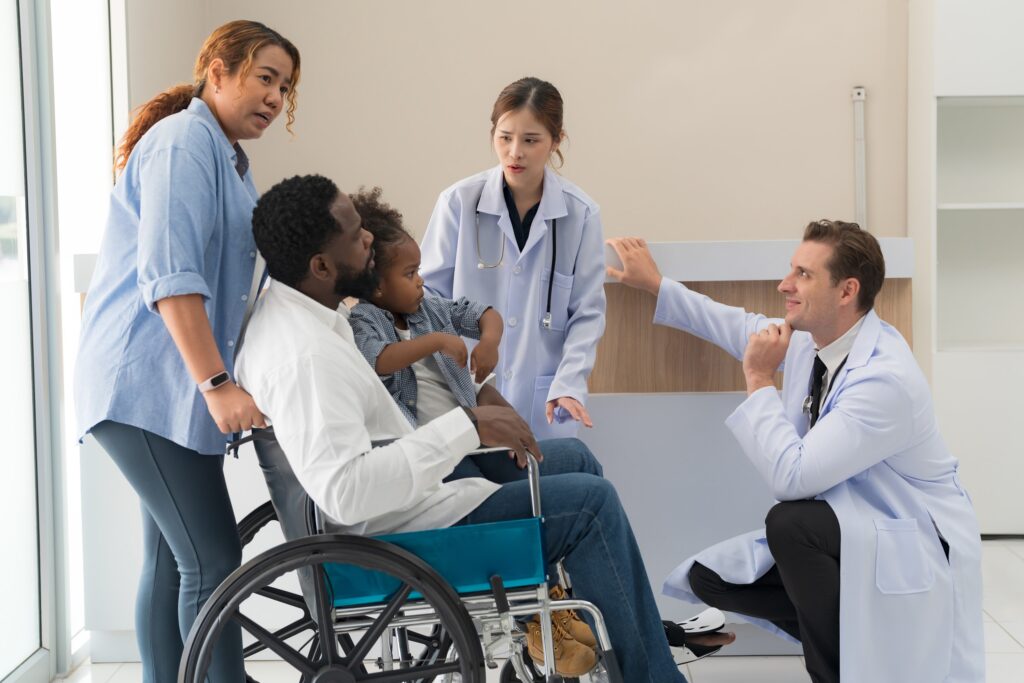
5. Create A Positive Environment
Creating a positive environment when moving and handling patients is essential to bolster teamwork. A great way to help with this is through positive, supportive language. Using encouraging, relevant and uplifting phrases helps foster cooperation and camaraderie among team members. This can also give everyone more confidence in patient handling techniques as they see their colleagues working together constructively.
Furthermore, friendly, witty banter and humour can create a more relaxed atmosphere, making the moving and handling process more enjoyable. Knowledge of topics such as posture when lifting and carrying can also create a positive environment, as it inspires trust that your teammates know what they’re doing.
All of these small strategies ultimately add up to create impactful, unified teamwork in moving and handling Patients.
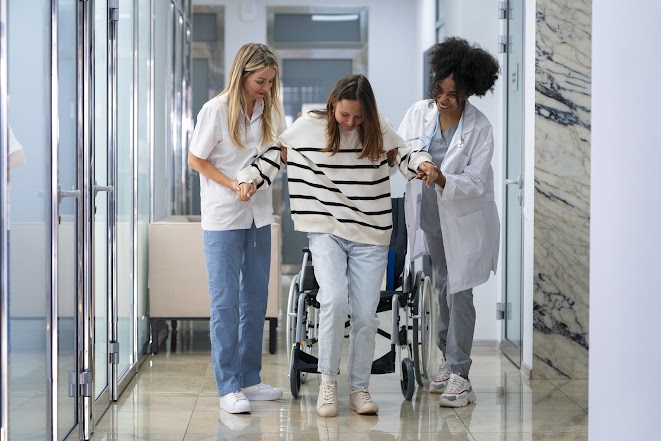
6. Focus On High-Risk Situations
It is essential always to be aware of the potential high-risk situations when moving and handling patients. Predicting potential mishaps can help teams plan accordingly and take the necessary precautions.
It’s also essential for everyone involved to remain focused and vigilant to avoid such risks. This could include conducting regular safety checks on equipment. Ensuring all team members are familiar with the patient’s condition and aware of any possible obstacles that could cause an injury. By understanding high-risk situations, you can ensure that everyone focuses on safety first and foremost.
Teamwork when moving and handling Patients is essential for successful patient care. TrueMedic Ltd. offers moving handling courses that can help strengthen the bond between team members and promote effective collaboration. For enrolling in courses, please contact us; we look forward to helping you create a unified team of professionals striving for the highest quality patient care.
FAQs
1. Why is communication important when you are moving and handling a team?
For optimal team collaboration during the transportation process, communication is paramount. Speaking verbally and appointing one individual to lead the operation is essential for maintaining alertness among all members and keeping them on track toward a shared goal.
2. How effective teamwork and communication are crucial to patient safety?
Quality health care can only be achieved when clinical and nonclinical staff collaborate, exhibiting strong communication and teamwork skills. By working together seamlessly, healthcare teams can generate better patient outcomes, prevent medical errors, streamline efficiency, and foster improved patient satisfaction. Patient safety experts agree these goals can only be met with hospital personnel collaborating.
3. What is the essential communication skill in the workplace?
To truly connect and make an impact, one must possess exceptional listening skills. Listening is not just hearing the other person’s words; it also involves thoughtfully considering them, recognising them for their value, and comprehending the underlying message.
References
[1]https://cbassociatetraining.co.uk/why-are-safe-moving-and-handling-principles-so-important/
[2]https://www.highspeedtraining.co.uk/hub/effective-communication-in-health-and-social-care/


